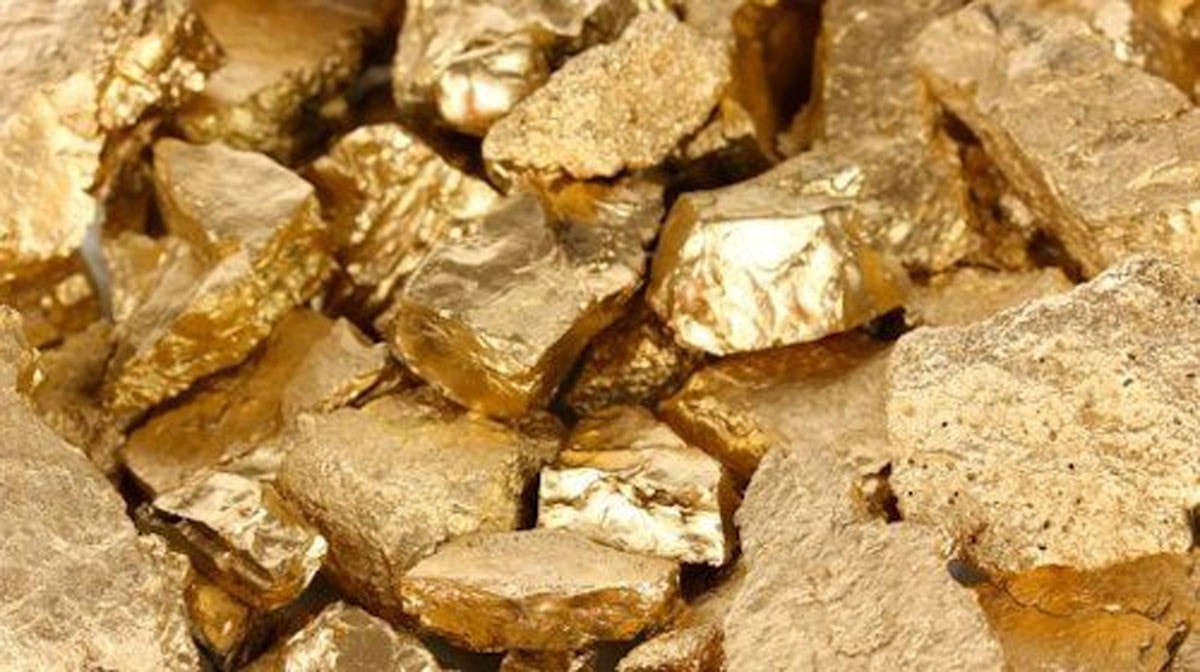
Gold mines discovered in many places
Recently, the Project on comprehensive mineral survey and completion of geological map at scale 1/50,000 of the Northwest region to serve the planning of sustainable socio-economic development (Northwest Project) was announced by the Ministry of Agriculture and Environment.
According to the Northwest Project, 110 precious and important mineral deposits have been discovered. Of these, about 40 gold mines with a total resource level of 333 (delimited within the geological structure favorable for mineral formation) have identified more than 29.8 tons of gold.
The above is only an assessment of mineral resources through research in the Northwest region. In fact, in addition to the Northwest, gold mines have also been discovered in other localities.
According to information provided by the Department of Geology and Minerals of Vietnam (Ministry of Agriculture and Environment), the country's gold reserves are divided into two types: primary gold ore and placer gold.
Primary gold ore (gold in hard rock) in Vietnam is found in many places with over 200 mines. However, only 50 potential mines have been investigated, evaluated, and explored.
Gold mines with significant reserves include: Phuoc Son, Bong Mieu, Sa Phin, Minh Luong (Lao Cai). Of these, Bong Mieu and Phuoc Son mines have the largest reserves and resources of 12.3 tons and 24 tons, respectively, while Minh Luong gold mineral pillar has a gold reserve of nearly 3 tons.
Belonging to the gold-bearing quartz vein type, there is also sulphur quartz ore. Gold mines of this type that have been investigated and evaluated include: Na Pai, Pac Lang and Khe Nang. Na Pai mineral deposit is located in Binh Gia district (Lang Son) and was discovered in 1985. The gold is in the form of extremely fine, difficult-to-observe dispersal. The estimated resources at these mines are about 20 tons.
Remote thermal gold and silver ore mines were discovered in Xa Khia (Le Thuy, Quang Binh), some mines in Rao Moc (Ha Tinh), Lang Neo (Thanh Hoa).
For placer gold (gold in rocks destroyed by sun and rain and carried away by rivers and streams), investigation and exploration are concentrated in some areas: Na Ri (Bac Kan), Dai Tu (Thai Nguyen), Bong Mieu (Quang Nam) and some points in Ha Giang, Hoa Binh, Nghe An.
In addition, Tan An and Luong Thuong gold mines (Bac Kan) are large-scale with reserves of over 1 ton. Bo Cu and Trai Cau - Suoi Hoan mines (Thai Nguyen) are medium-scale with reserves of over 0.5 tons and Cam Muon mine (Nghe An) is nearly 300 kg.
Rare earths are very little mined.
Our country has potential for rare earth minerals, the mines are mainly concentrated in Lai Chau, Yen Bai and Lao Cai provinces.
Rare earth ores are often related to radioactive elements and are formed in many types of rocks with different compositions and ages. Rare earths are widely used, including the manufacture of permanent magnets for generators; and in micronutrient fertilizers...
The investigated vein rare earth mines include: Dong Pao, Nam Nam Xe, Bac Nam Xe, Muong Hum (Lai Chau) and Yen Phu (Yen Bai). Through exploration, Dong Pao rare earth mine discovered 60 ore bodies, of which 16 bodies have the potential to reach industrial quality.
In addition, Vietnam also discovered rare earths in alkaline granitoid blocks in Ben Den (Lao Cai). Rare earths discovered in Bu Khang (Nghe An) are only at the level of investigation and reserve assessment.
A representative of the Department of Geology and Minerals said that currently in our country, rare earth is exploited very little due to the low level of processing.
A representative of the Department of Geology and Minerals said that the exploitation of gold and rare earth mines will be carried out through auctions according to the law. Large-reserve mines will be licensed by the Ministry of Agriculture and Environment, while small-reserve mines will be licensed by local authorities.
Source: https://baohaiduong.vn/gan-30-tan-vang-o-tay-bac-chi-la-mot-phan-kho-vang-ngam-tai-viet-nam-408696.html



![[Photo] Prime Minister Pham Minh Chinh starts construction of vital highway through Thai Binh and Nam Dinh](https://vphoto.vietnam.vn/thumb/1200x675/vietnam/resource/IMAGE/2025/5/12/52d98584ccea4c8dbf7c7f7484433af5)

![[Photo] Prime Minister Pham Minh Chinh receives Swedish Minister of International Development Cooperation and Foreign Trade](https://vphoto.vietnam.vn/thumb/1200x675/vietnam/resource/IMAGE/2025/5/12/ae50d0bb57584fd1bbe1cd77d9ad6d97)

![[Photo] Prime Minister Pham Minh Chinh works with the Standing Committee of Thai Binh Provincial Party Committee](https://vphoto.vietnam.vn/thumb/1200x675/vietnam/resource/IMAGE/2025/5/12/f514ab990c544e05a446f77bba59c7d1)
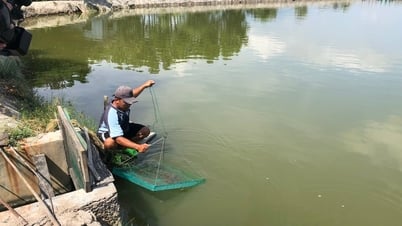


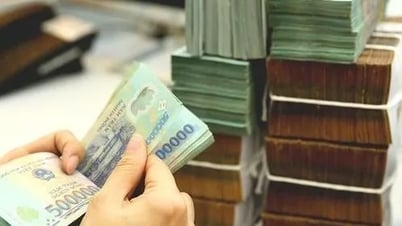









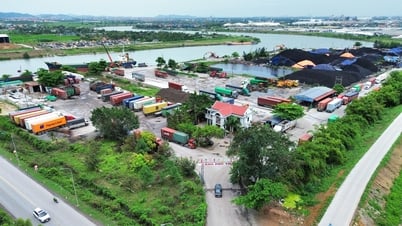
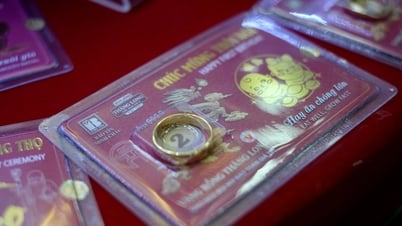























































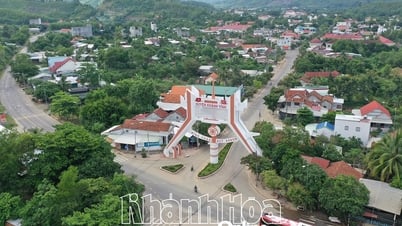











Comment (0)